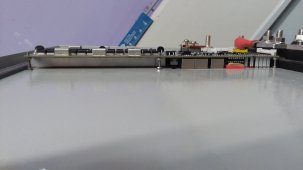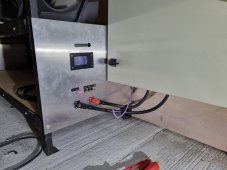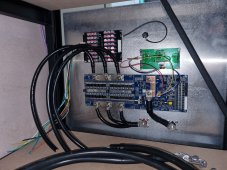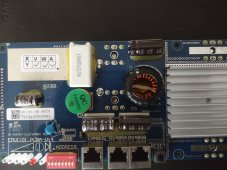Tulex
Solar Wizard
Installing Seplos BMS into a steel cabinet. In order to get the leds and dip switches even on the far side, the heat sink touches the cabinet. It appears to be isolated. I've read about putting thermal pads between the heat sink and steel. This has a fairly thick paint coating on it.

1 - Can I count on the heat sink staying isolated?
2 - With the paint, will a thermal pad be worth it?
3 - Should I put an isolator between the two, or just let it touch?
I know I could cut an opening for the heat sink, but this looks very clean without it. I have room in the cabinet, barely, to put a fan, and this cabinet has an opening on the bottom, so if I do end up adding a fan, I would prefer air flow goes across the whole box and not just by the BMS.

1 - Can I count on the heat sink staying isolated?
2 - With the paint, will a thermal pad be worth it?
3 - Should I put an isolator between the two, or just let it touch?
I know I could cut an opening for the heat sink, but this looks very clean without it. I have room in the cabinet, barely, to put a fan, and this cabinet has an opening on the bottom, so if I do end up adding a fan, I would prefer air flow goes across the whole box and not just by the BMS.





